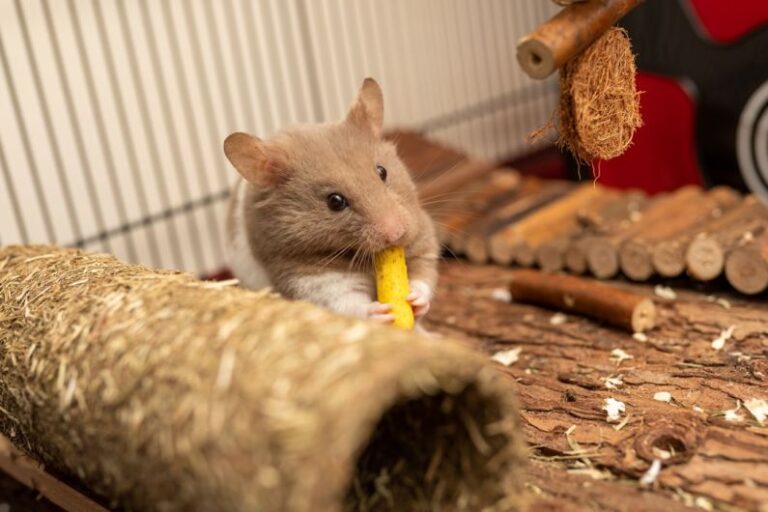
Hamsters are adorable and popular pets that require a safe and comfortable living environment to thrive. One of the essential components of a hamster’s habitat is its cage. Choosing the right cage for your hamster is crucial for their well-being and happiness. With a variety of cage options available in the market, it can be overwhelming to decide which one is the best for your furry friend. In this article, we will explore the different cage options suitable for hamsters to help you make an informed decision.
Wire Cages:
Wire cages are a popular choice for hamsters due to their ventilation and visibility. These cages typically consist of a wire frame with a plastic base. The wire construction allows for good airflow, which is essential for hamsters’ respiratory health. Additionally, the open design of wire cages enables you to observe your pet easily. When choosing a wire cage, make sure the spacing between the wires is narrow to prevent your hamster from escaping.
Aquarium Tanks:
Another option for housing your hamster is an aquarium tank. Aquarium tanks provide a secure and escape-proof environment for hamsters. The solid glass or plastic walls of the tank prevent bedding and waste from spilling out, keeping the cage clean. However, it is essential to ensure proper ventilation in an aquarium tank to prevent the buildup of ammonia from your hamster’s waste.
Plastic Modular Cages:
Plastic modular cages are versatile and customizable options for hamster housing. These cages consist of interlocking plastic panels that allow you to create different configurations to suit your hamster’s needs. Plastic modular cages are easy to clean and provide ample space for your hamster to explore and exercise. Additionally, you can add levels and accessories to enrich your hamster’s environment.
Bin Cages:
Bin cages are a budget-friendly and spacious alternative to traditional hamster cages. These cages are made from plastic storage bins with ventilation holes added for airflow. Bin cages offer ample space for your hamster to move around and burrow. They are easy to clean and can be customized with tunnels and hideouts to create a stimulating environment for your pet.
Habitat Cages:
Habitat cages are large, multi-level enclosures designed to provide a luxurious living space for hamsters. These cages often feature multiple levels connected by ramps, allowing your hamster to climb and explore. Habitat cages come equipped with accessories such as exercise wheels, tunnels, and hideouts to keep your hamster entertained. While habitat cages offer plenty of room for your hamster to roam, they require more space and may not be suitable for small living areas.
Choosing the Right Cage:
When selecting a cage for your hamster, consider the size, ventilation, security, and ease of cleaning. The cage should provide enough space for your hamster to exercise and explore. Ensure that the cage has proper ventilation to maintain air quality and prevent respiratory issues. Additionally, opt for a secure cage that prevents your hamster from escaping and keeps out other pets. Easy-to-clean cages will make maintenance simpler and promote a hygienic environment for your hamster.
In conclusion, the best cage option for your hamster will depend on your pet’s needs, your living space, and your budget. Consider the pros and cons of each cage type to determine which one is most suitable for your furry friend. Providing a safe, comfortable, and stimulating environment will ensure that your hamster leads a happy and healthy life. Choose a cage that meets your hamster’s requirements and enjoy watching your pet thrive in its new home.





